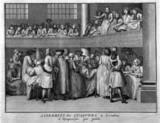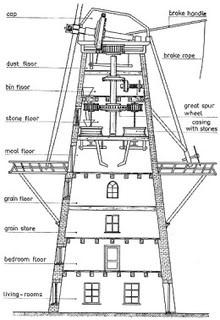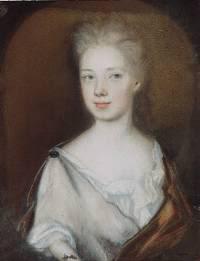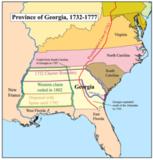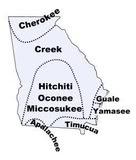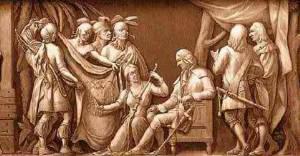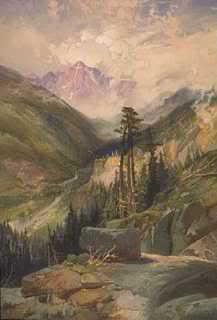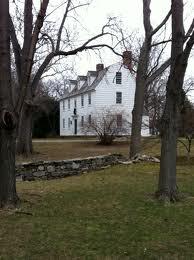Quaker Woman Image: Assembly of Quakers A woman preaches before an assembly of Quakers in London in 1723. Early Life Little is known about Elizabeth Ashbridge beyond what is recorded in her brief autobiography, Some Account of the Fore Part of the Life of Elizabeth Ashbridge, first published in England 1774. The book is a frank account of her unhappy marriage and her search, with the help of various religious groups, for a sincere religious faith. It is remarkable both as the spiritual testament of an intelligent and courageous woman, and also as a revealing (and often unflattering) depiction of life in colonial America in the first half of the 18th century. Elizabeth Ashbridge was born in 1713 in the…
